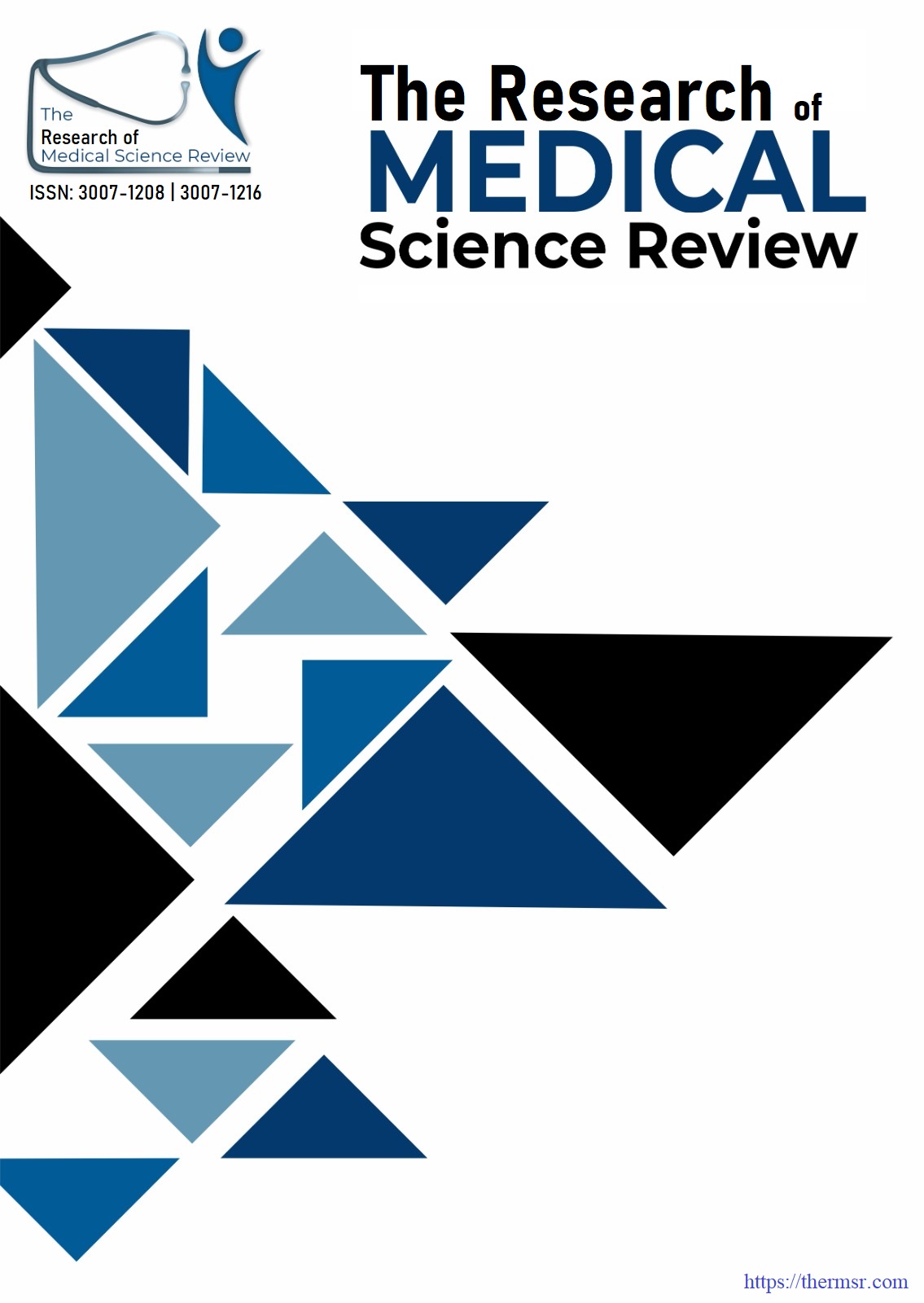EFFECT OF FLEXIBLE FLAT FOOT ON KNEE PROPRIOCEPTION AND POSTURAL STABILITY AMONG PHYSIOTHERAPY STUDENTS IN KARACHI: A CROSS-SECTIONAL STUDY
Keywords:
Flexible Flat Foot, Knee Proprioception, Postural Stability, Static Stability, Dynamic Stability, Physiotherapy StudentsAbstract
Introduction: Flexible flat foot alters foot biomechanics and proprioceptive feedback mechanism towards the central nervous system. As a result, an individual’s joint position sense and balance can be affected, causing an increase in mechanical stress on musculoskeletal structures and chance of lower limb injuries and risk of fall. Objectives: This study aimed to investigate the impact of flexible flat foot on knee proprioception and postural stability as well as the association among knee proprioception, static and dynamic stability. Methods: This multicenter cross-sectional study was conducted in Karachi, Pakistan. For this, 94 physiotherapy students aged 18 to 25 years with flexible foot/feet were recruited. However, participants with rigid flat foot/feet, leg length discrepancy, congenital deformities, fractures, orthosis, foot and lower limb surgeries, or lower limb contractures were excluded. Participant’s static stability and knee proprioception were assessed through the Sharpened Romberg test with eyes open and closed, respectively, while the Y-balance test was used for dynamic stability. Spearman's correlation coefficient was used to evaluate the impact of flexible flat foot on each variable and to assess the correlation between knee proprioception and postural stability. Result: The Spearman’s correlation analysis revealed that flexible flat foot and knee proprioception were negatively correlated (p = 0.277). However, a significant correlation was seen with both static (p = 0.031) and dynamic stability (p = 0.015). Moreover, the association between knee proprioception and postural stability was found to be statistically insignificant. Conclusion: Flexible flat foot impacts postural stability but does not significantly impact knee proprioception, necessitating rehabilitation techniques for improved quality of life and functional outcomes.
Downloads
Downloads
Published
Issue
Section
License

This work is licensed under a Creative Commons Attribution-NonCommercial-NoDerivatives 4.0 International License.















